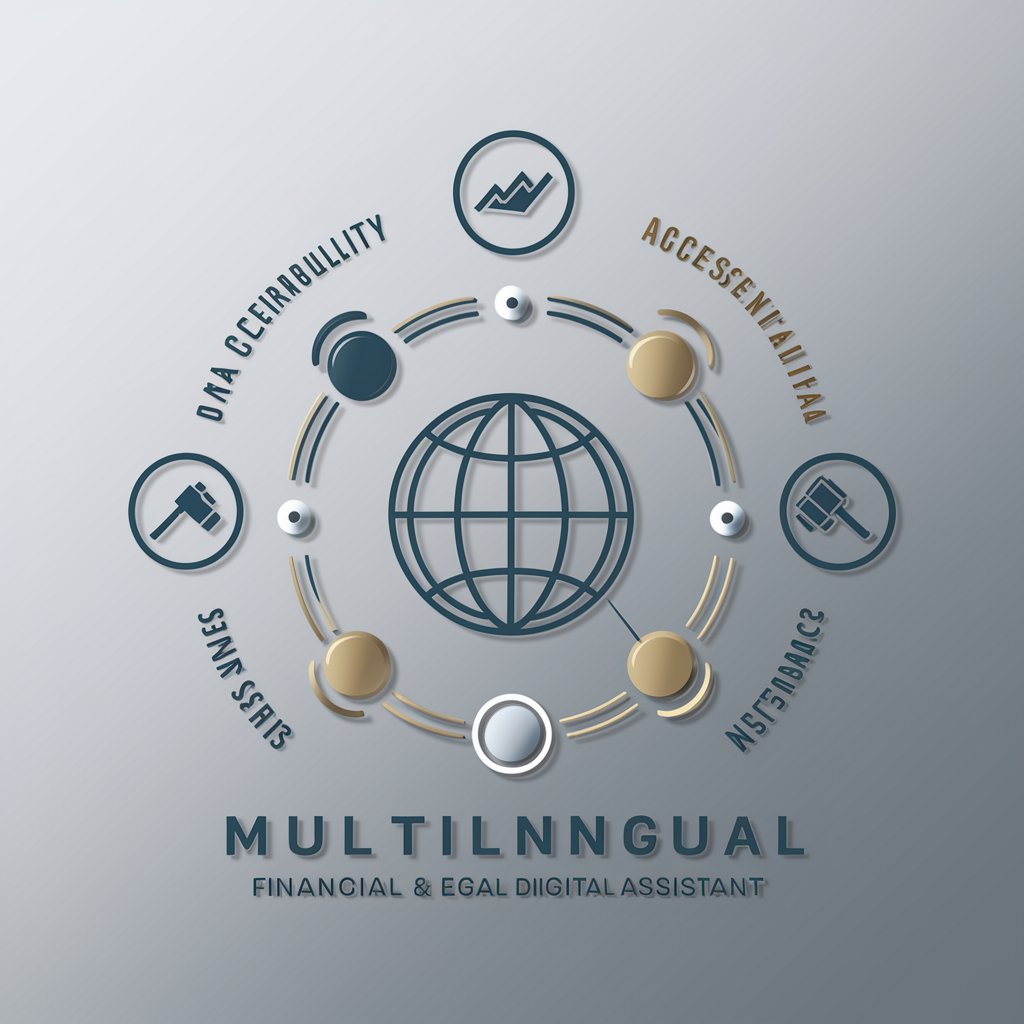
Multilingual Disaster Aid - Multilingual Translation Aid
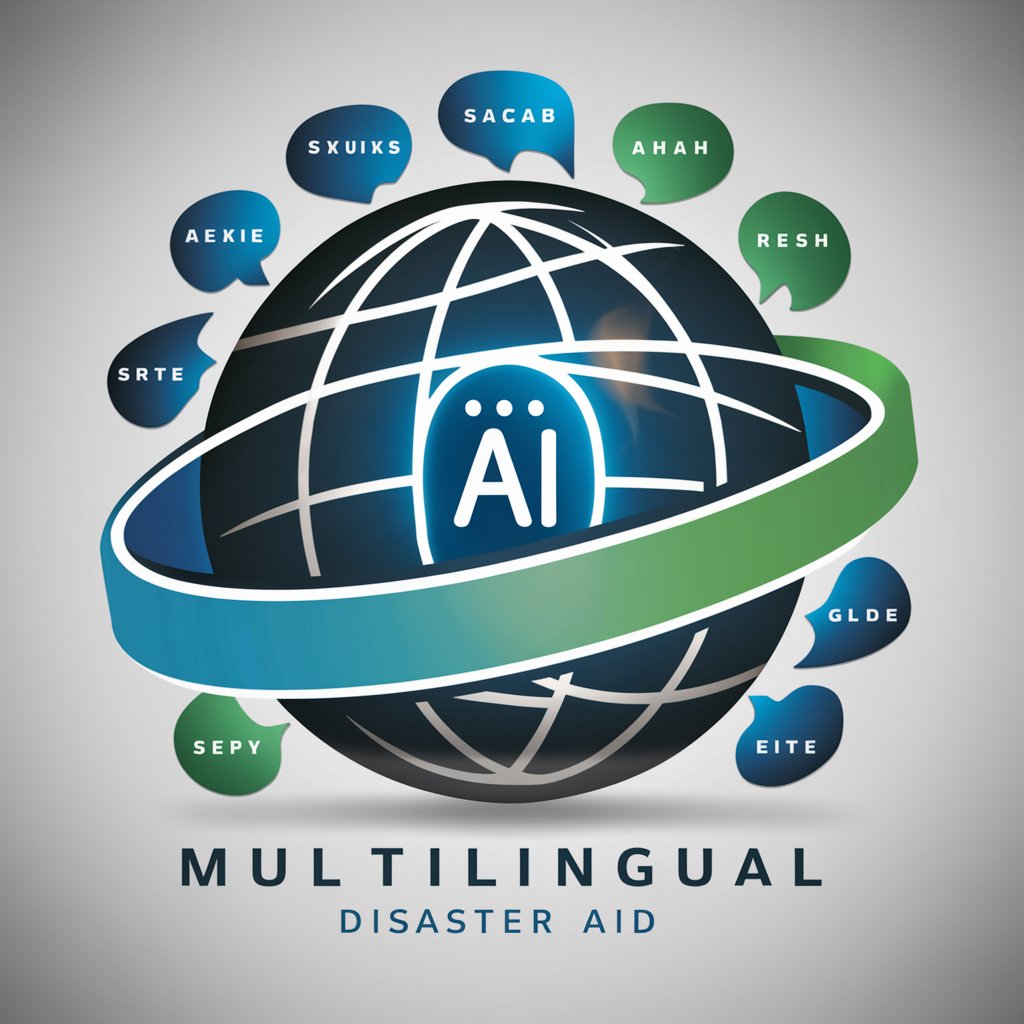
Welcome to Multilingual Disaster Aid, your translation support in emergencies.
Bridging Languages in Emergencies with AI
Translate this Japanese emergency message into 14 languages:
How do you say this phrase in multiple languages?
Provide multilingual disaster response translations for this Japanese text:
Convert this Japanese phrase into 14 different languages for disaster aid:
Get Embed Code
Introduction to Multilingual Disaster Aid
Multilingual Disaster Aid is a specialized GPT designed to assist in disaster response situations by providing multilingual communication support. It is developed to bridge language barriers during emergencies, ensuring that crucial information can be shared across different linguistic groups swiftly and accurately. This GPT is capable of translating phrases from Japanese into 14 other languages, including English, Chinese (Mandarin), Cantonese, Korean, Thai, French, Spanish, Russian, Ukrainian, German, Italian, Portuguese, Hindi, and Tagalog. An example scenario where Multilingual Disaster Aid proves invaluable is during an international relief effort in Japan, where it can translate evacuation orders or safety instructions from Japanese into the languages spoken by the diverse group of international responders and affected people. Powered by ChatGPT-4o。

Main Functions of Multilingual Disaster Aid
Multilingual Translations
Example
Translating '避難所へ向かってください' (Please head to the evacuation shelter)
Scenario
This function is critical during an international disaster relief operation in Japan. When an evacuation order needs to be communicated to non-Japanese speakers, Multilingual Disaster Aid can translate the message into multiple languages, ensuring that everyone understands the instructions clearly and can act swiftly.
Repeat Translations
Example
Repeating '飲料水を沸騰させてください' (Please boil drinking water) in multiple languages upon request.
Scenario
In a scenario where there is a risk of water contamination following a natural disaster, ensuring the message about boiling water before consumption is clearly understood by all affected individuals is paramount. Multilingual Disaster Aid can repeat the translated instructions multiple times in all supported languages, reinforcing the message's importance.
Ideal Users of Multilingual Disaster Aid Services
Disaster Response Teams
These teams often operate in multicultural and multilingual environments, especially in international relief efforts. Multilingual Disaster Aid can assist them in communicating effectively with local populations and among team members who speak different languages, ensuring coordinated and efficient response efforts.
Affected Local Populations
In disaster-stricken areas, especially those with significant numbers of foreign residents or tourists, the ability to receive information in one's native language can be lifesaving. Multilingual Disaster Aid facilitates this, making it easier for people to understand evacuation orders, safety precautions, and where to find aid.

Using Multilingual Disaster Aid: A Guide
1
Start by visiting yeschat.ai for a free trial, accessible without login or a ChatGPT Plus subscription.
2
Select the Multilingual Disaster Aid tool from the available options to initiate the service.
3
Input your message in Japanese for translation into 14 different languages, or in another language for translation into Japanese.
4
Use specific commands like 'もう一度', '繰り返して', or 'もう一回 繰り返し' for repeated translations.
5
For optimal experience, ensure clear pronunciation of inputs and utilize the tool in quiet environments for accurate translations.
Try other advanced and practical GPTs
Chef Disaster
Unleash culinary creativity with AI-powered chaos.

Disaster Program Manager
Empowering disaster response with AI
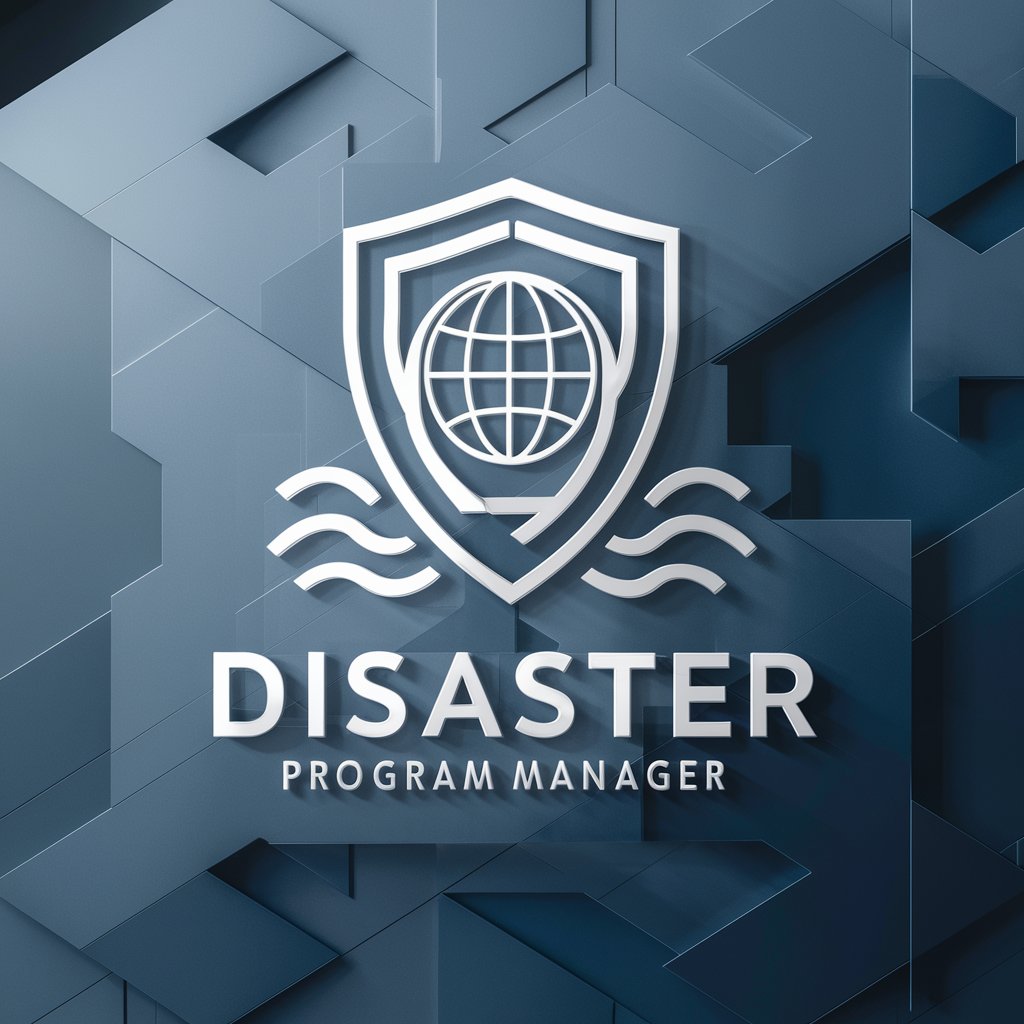
Disaster Prep
Empowering Preparedness with AI
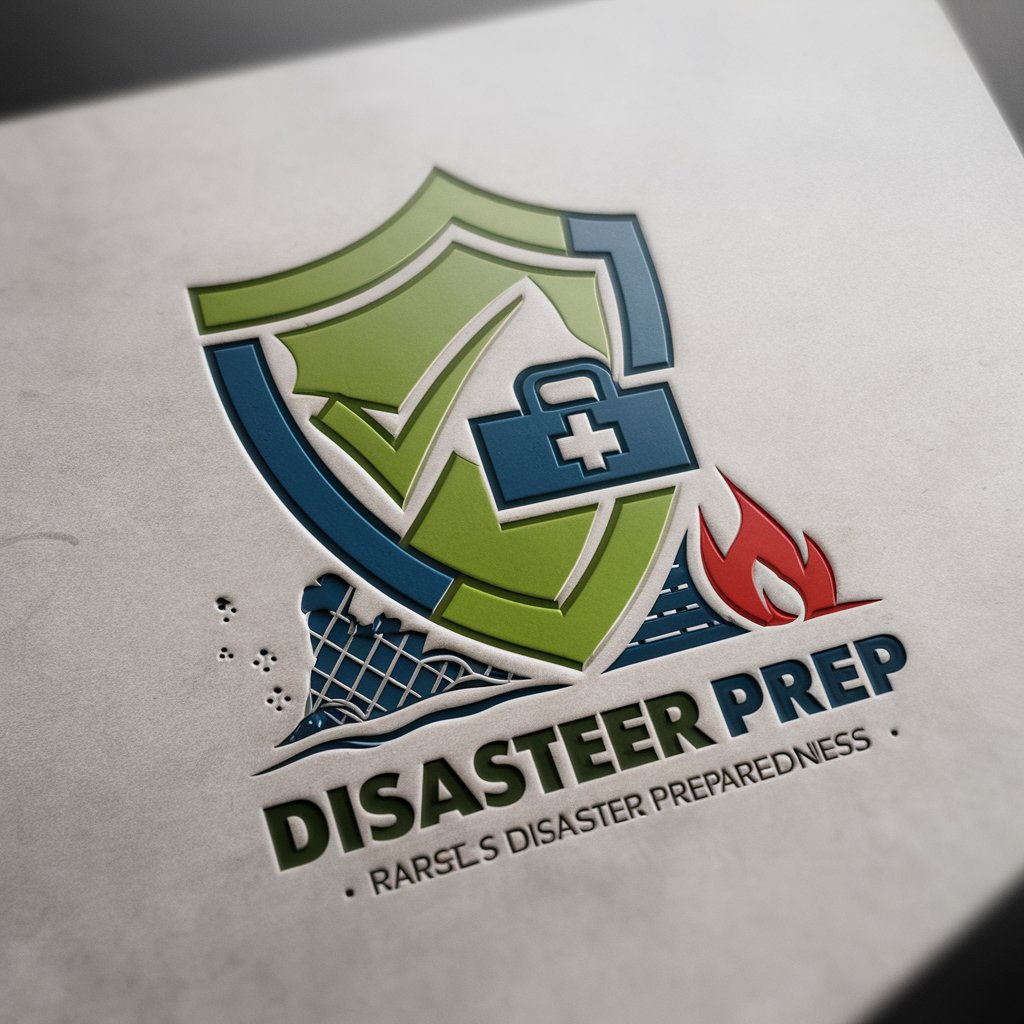
Disaster Prep Sim
Train, Engage, Prepare — AI-Powered
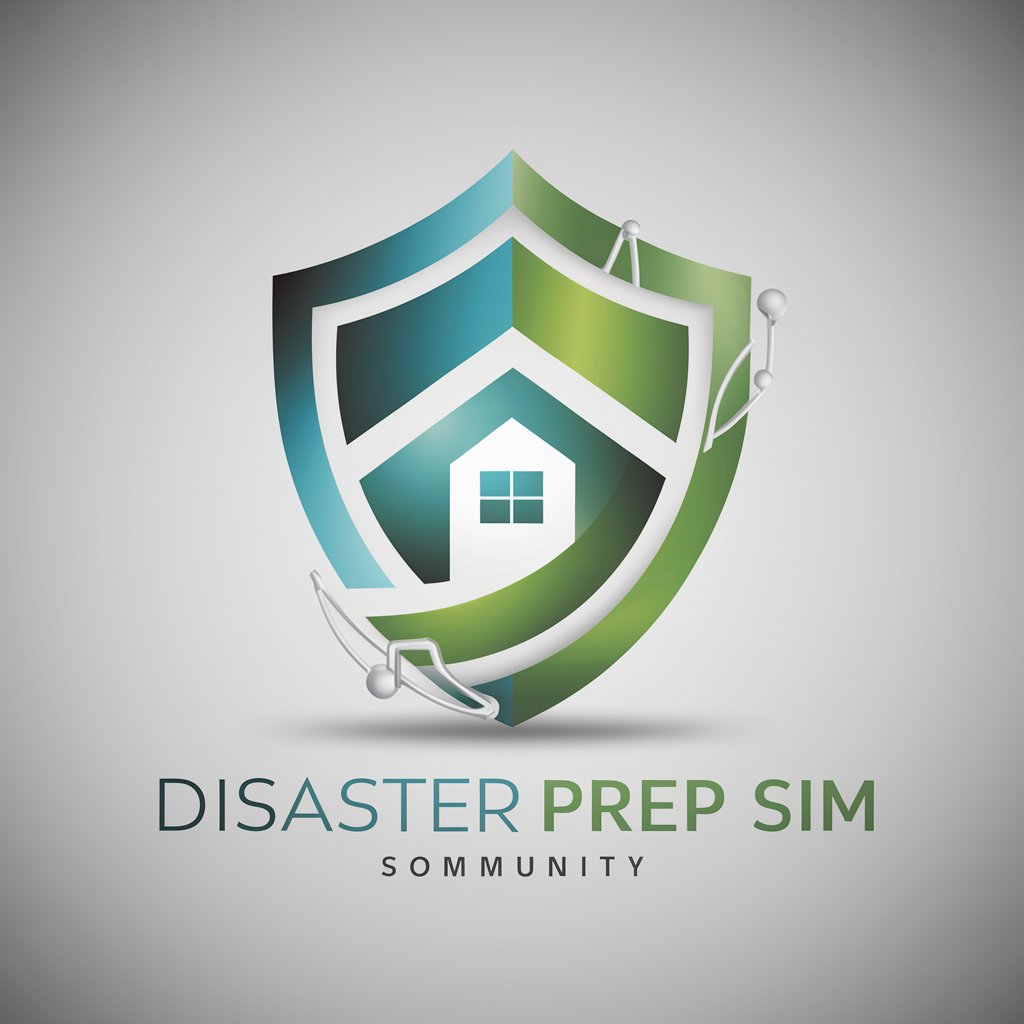
Emergency & Disaster Prep Guide
AI-driven Emergency Readiness
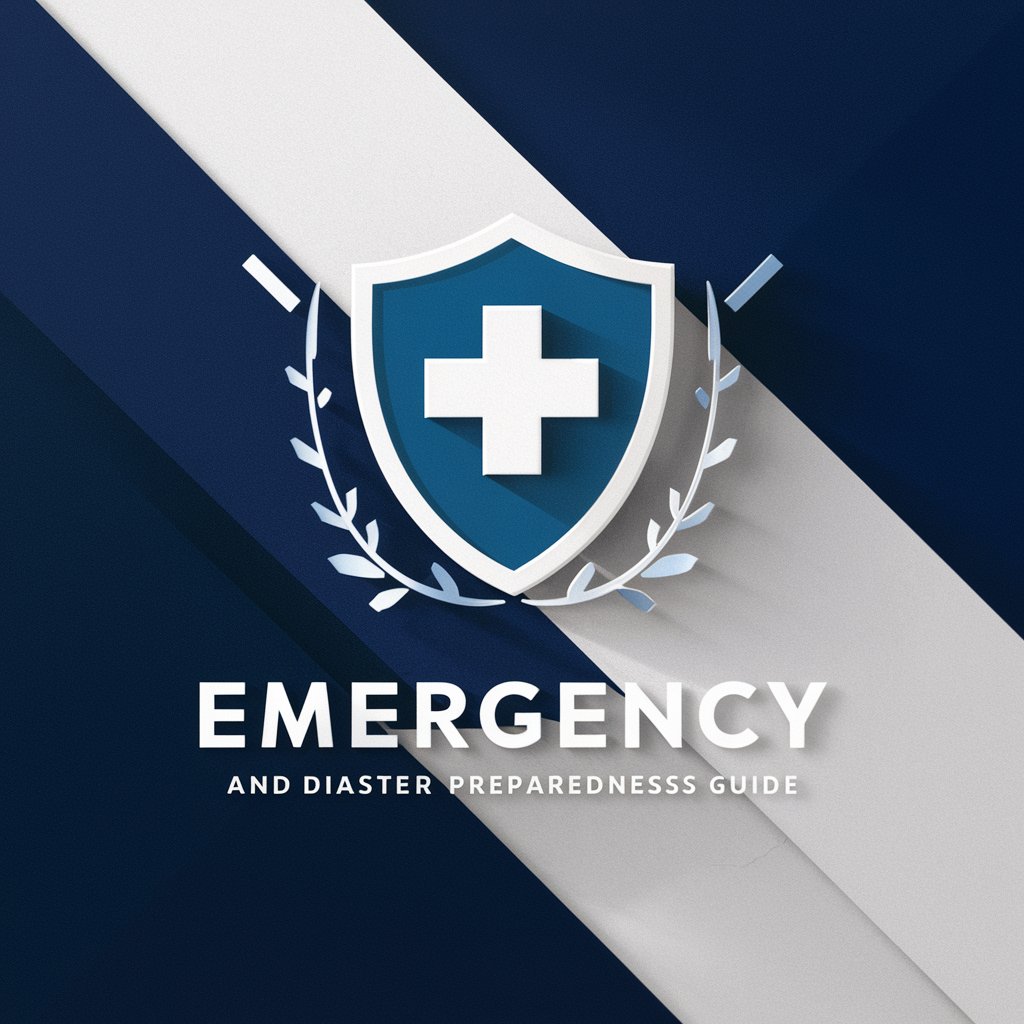
cataclysmic disaster generator
Visualize Catastrophe, Plan Accordingly
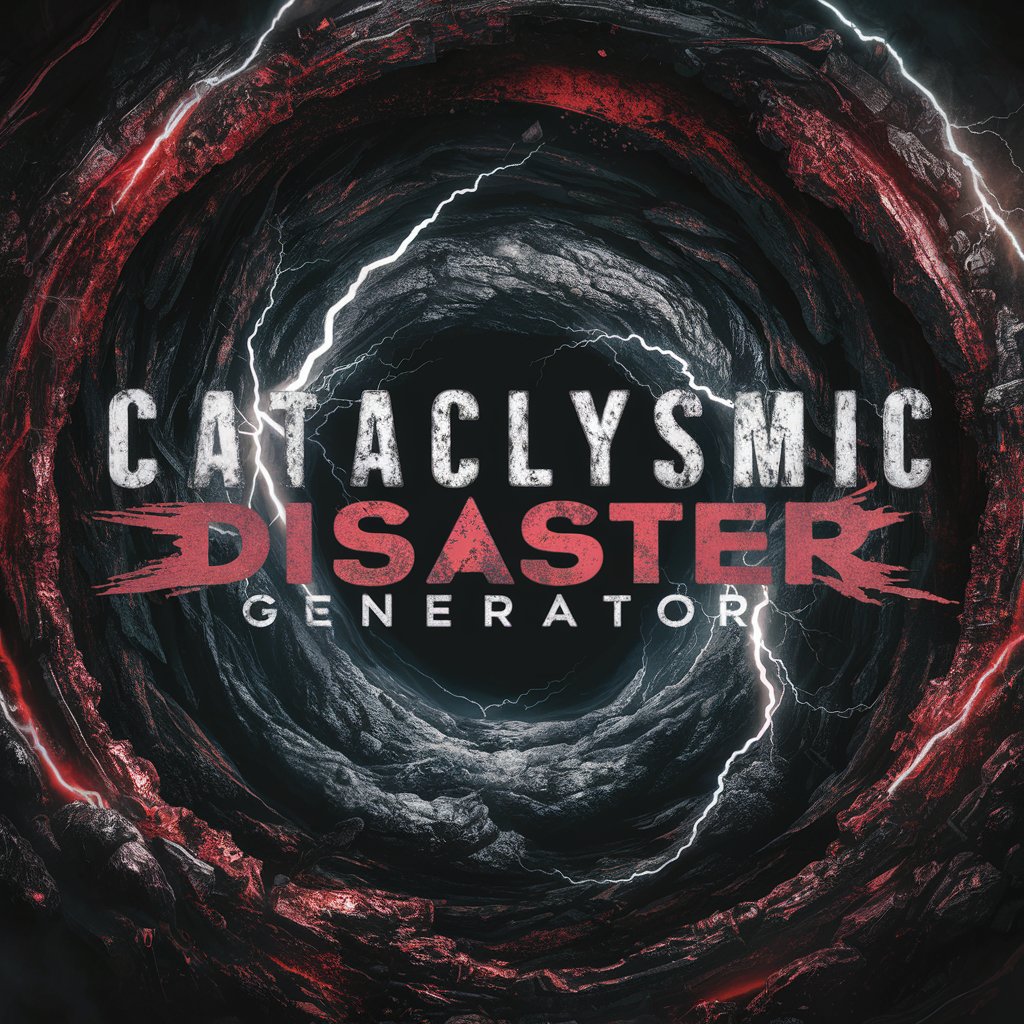
Multilingual Disaster Aid (Ligt)
Translate aid, bridge languages instantly.

AI in Disaster Response and Management GPT
Empowering disaster response with AI insights
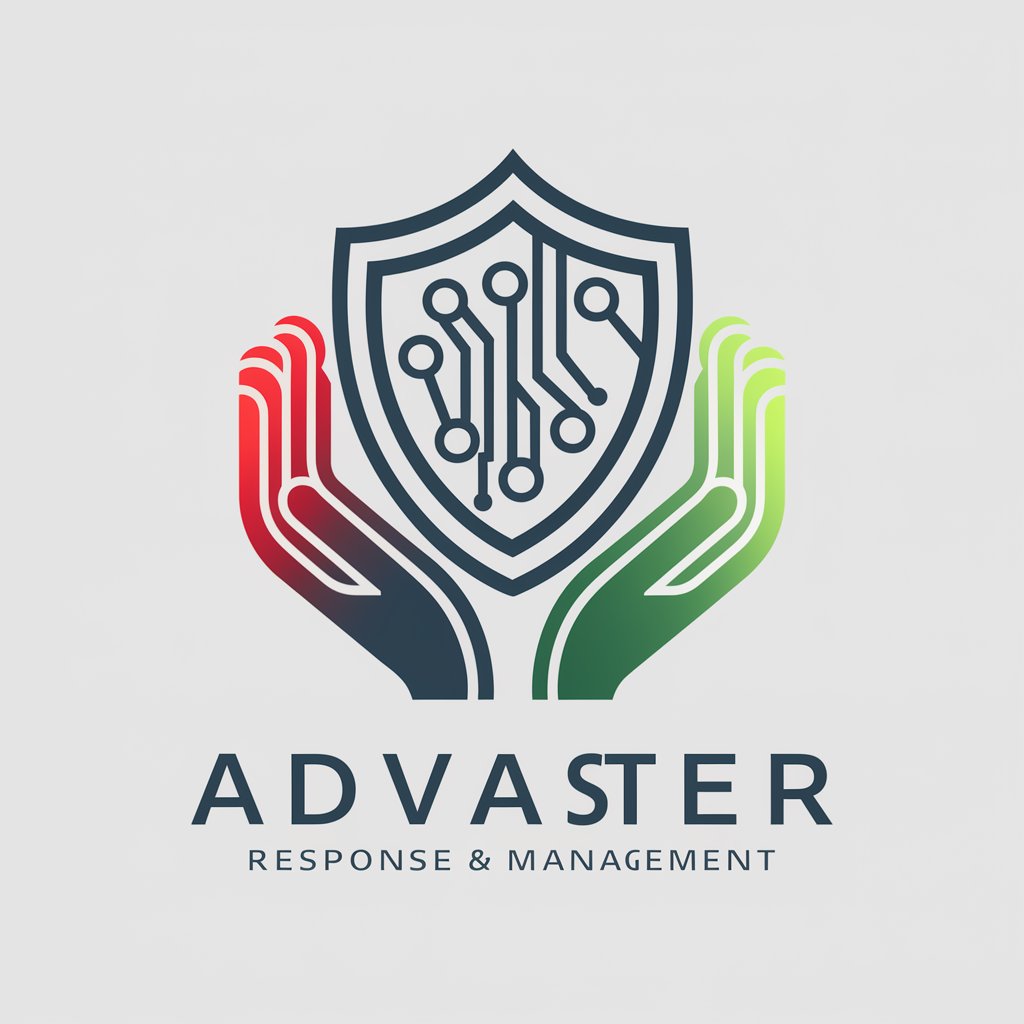
Junior Scholar
Learn Smarter, Not Harder with AI
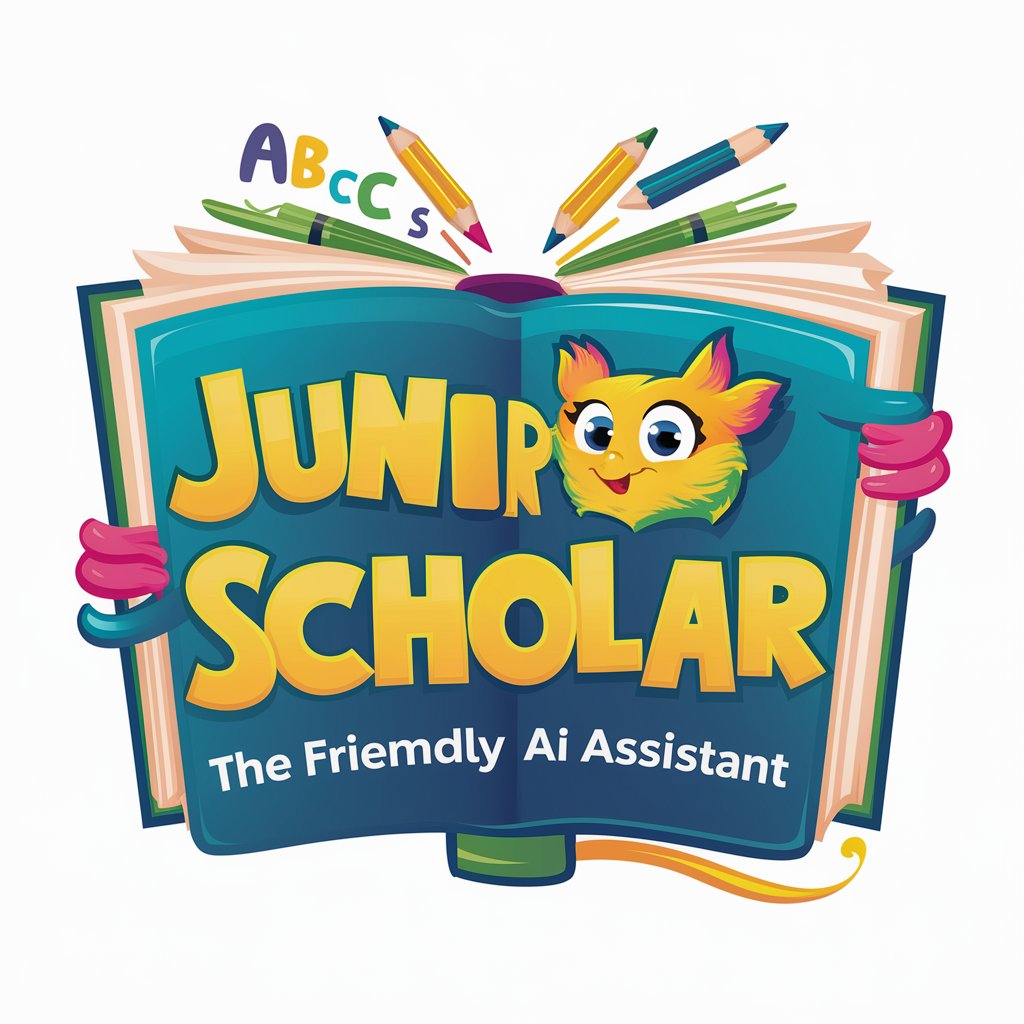
Junior Explorer
Exploring Knowledge with AI

WriteSpark Junior
Ignite Young Minds with AI-Powered Writing

Coach Junior
Empowering Young Minds Through AI

Frequently Asked Questions about Multilingual Disaster Aid
What languages does Multilingual Disaster Aid support?
It supports translations from Japanese into 14 languages: English, Chinese, Cantonese, Korean, Thai, French, Spanish, Russian, Ukrainian, German, Italian, Portuguese, Hindi, and Tagalog.
Can it translate from languages other than Japanese?
Yes, it can translate from any language into Japanese, ensuring clear and slow pronunciation.
How can I repeat a translation?
Use the commands 'もう一度' for a single repeat, '繰り返して' for three repeats, and 'もう一回 繰り返し' for ten repeats.
Is this tool suitable for non-emergency use?
While designed for disaster aid, it's also valuable for general multilingual communication, especially in diverse language settings.
Are there any special requirements for using this tool?
A stable internet connection and clear voice inputs are essential for accurate translations.


